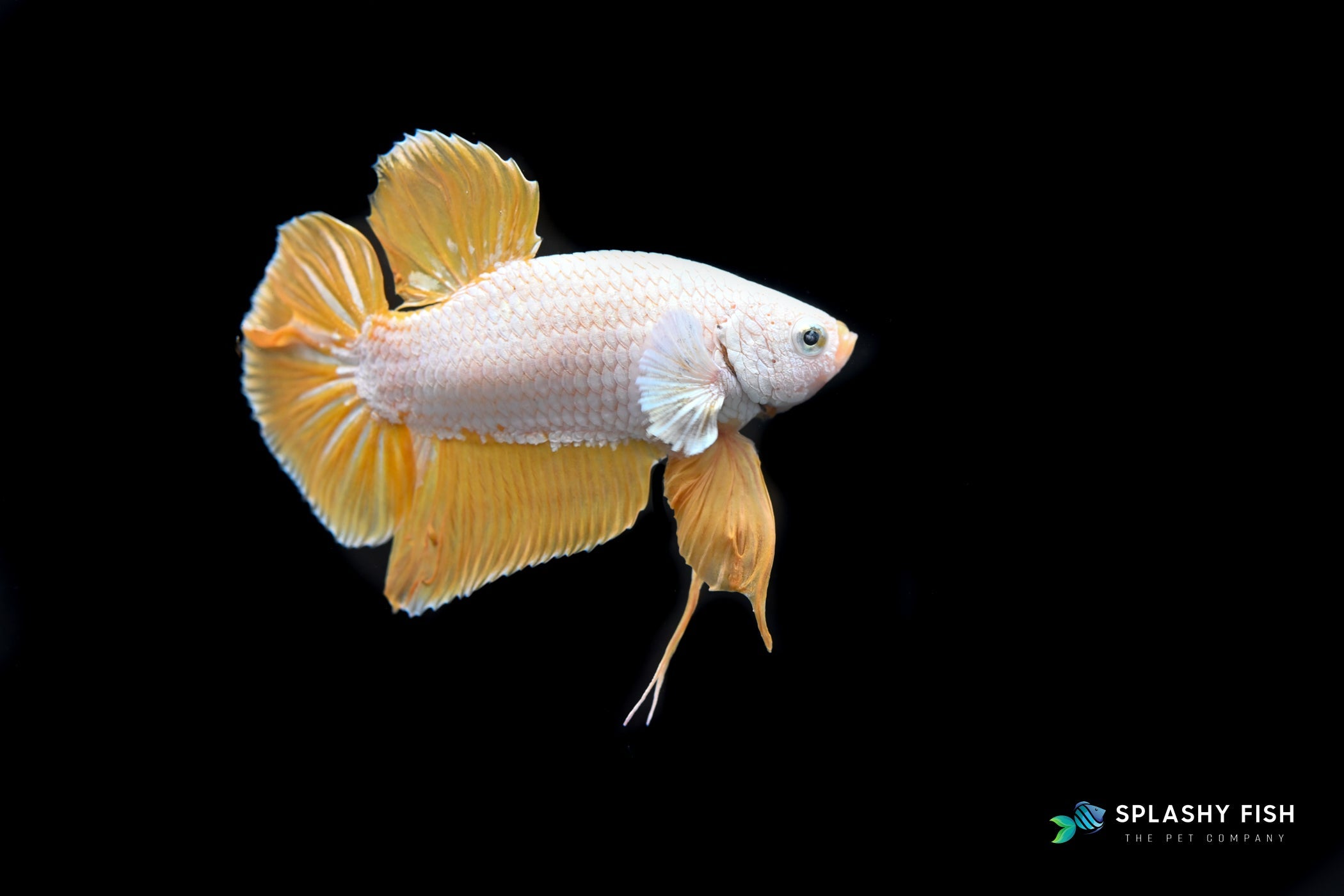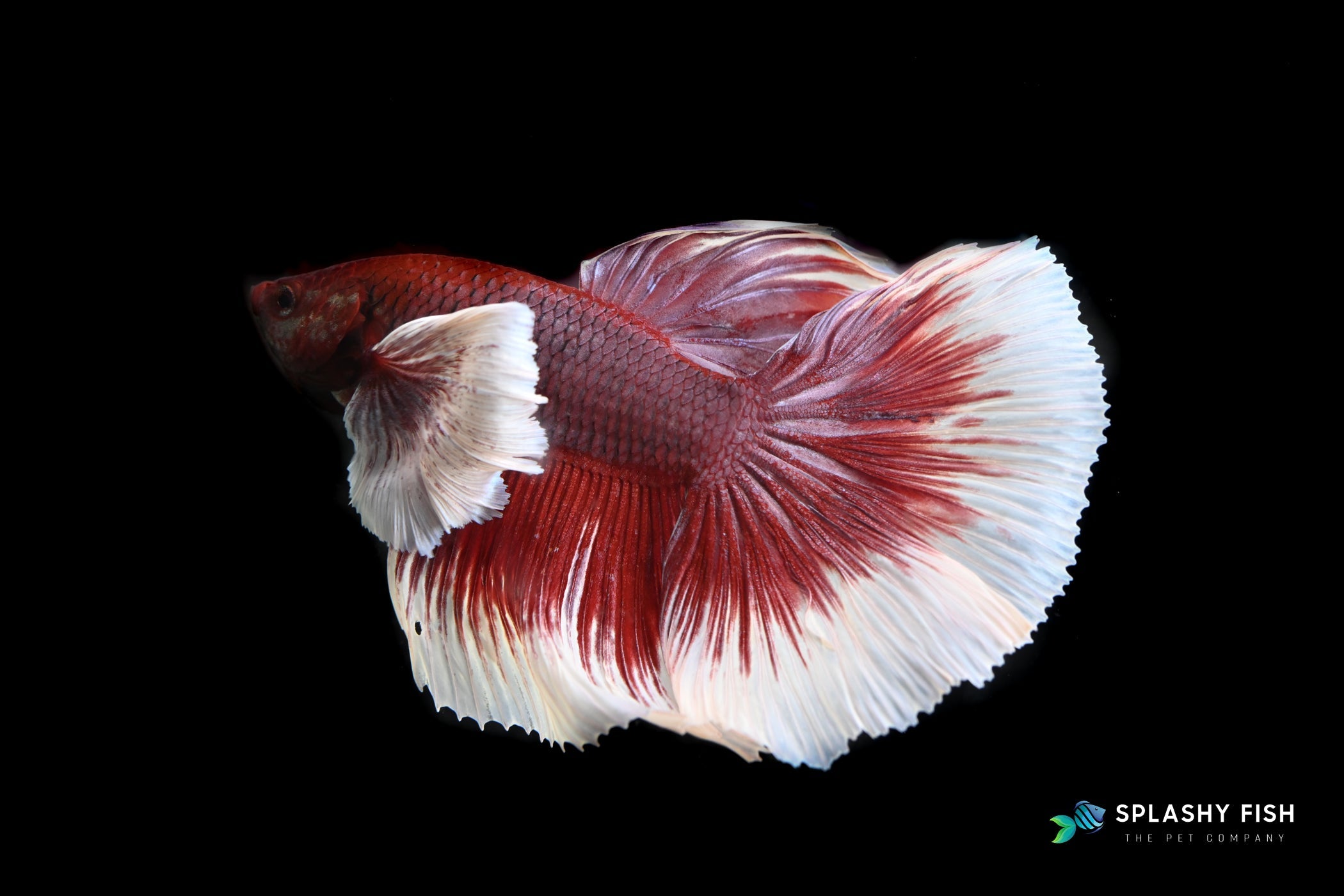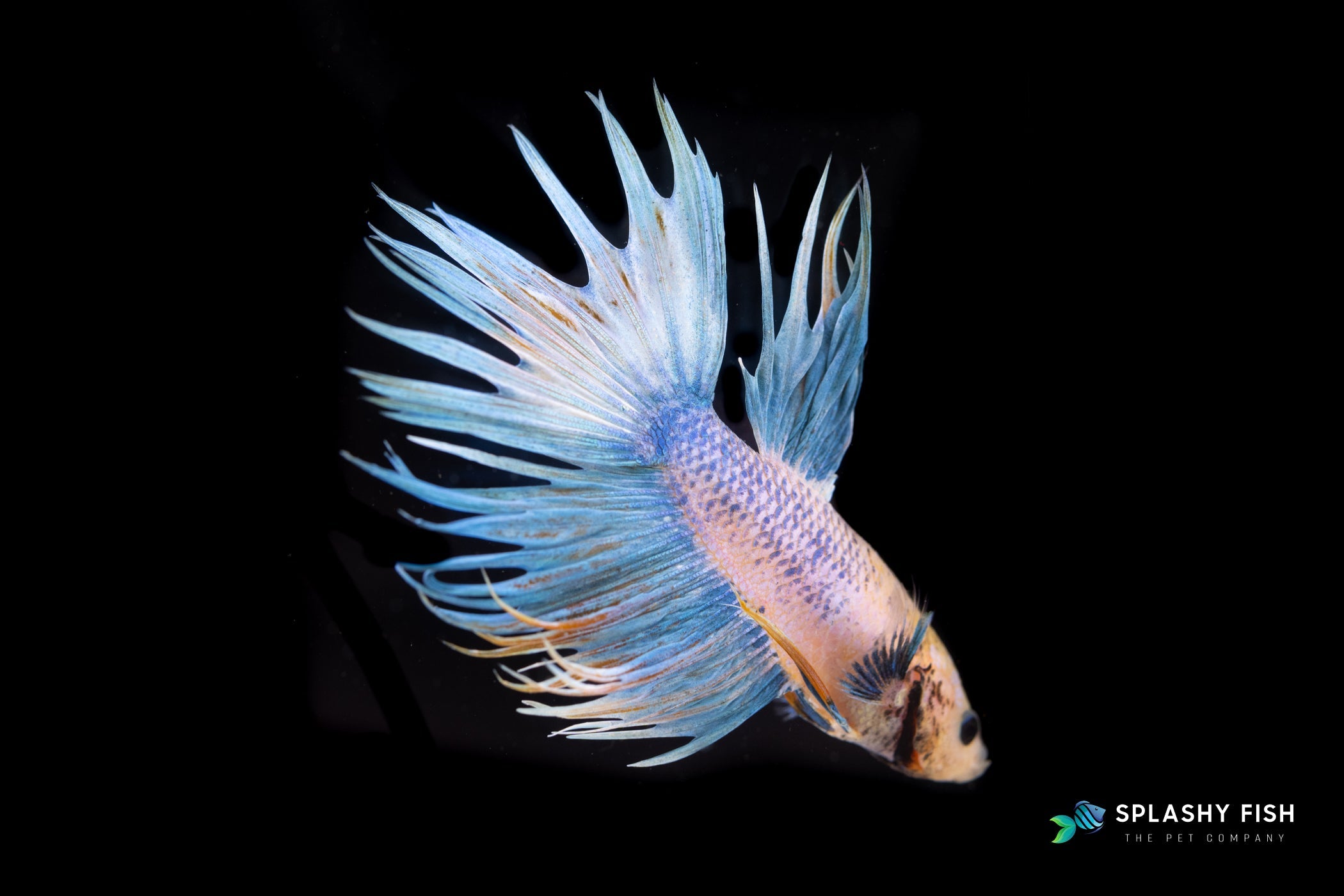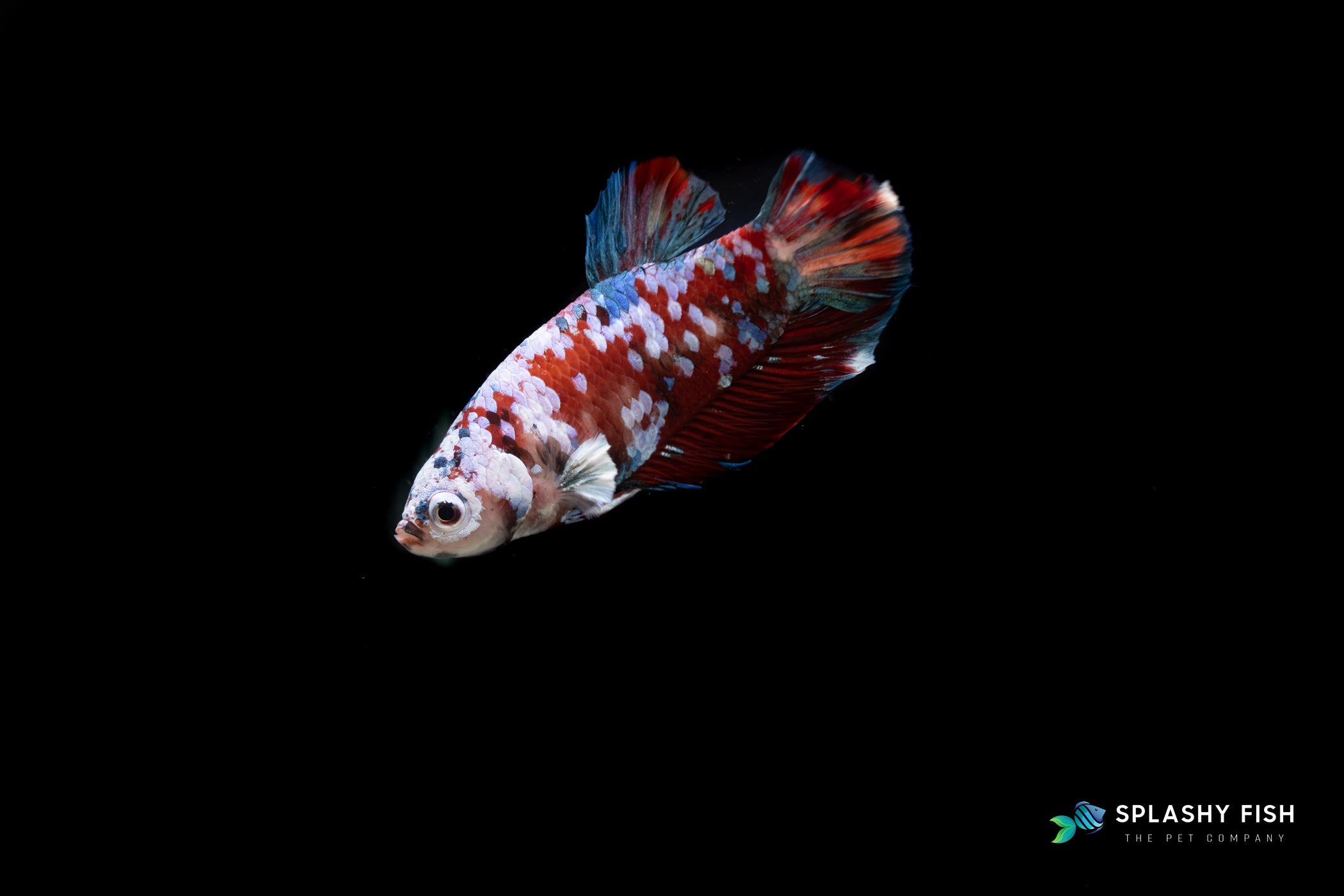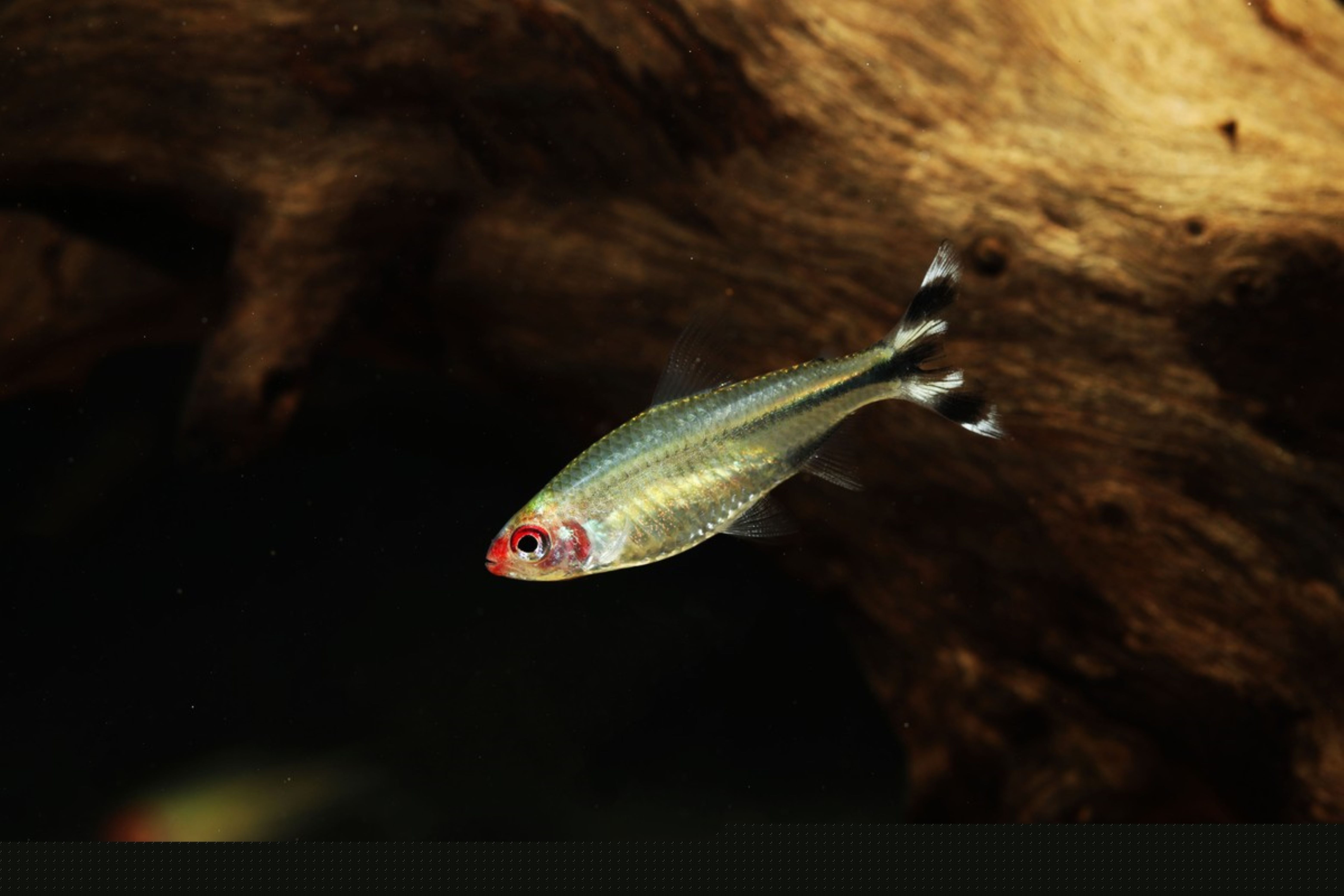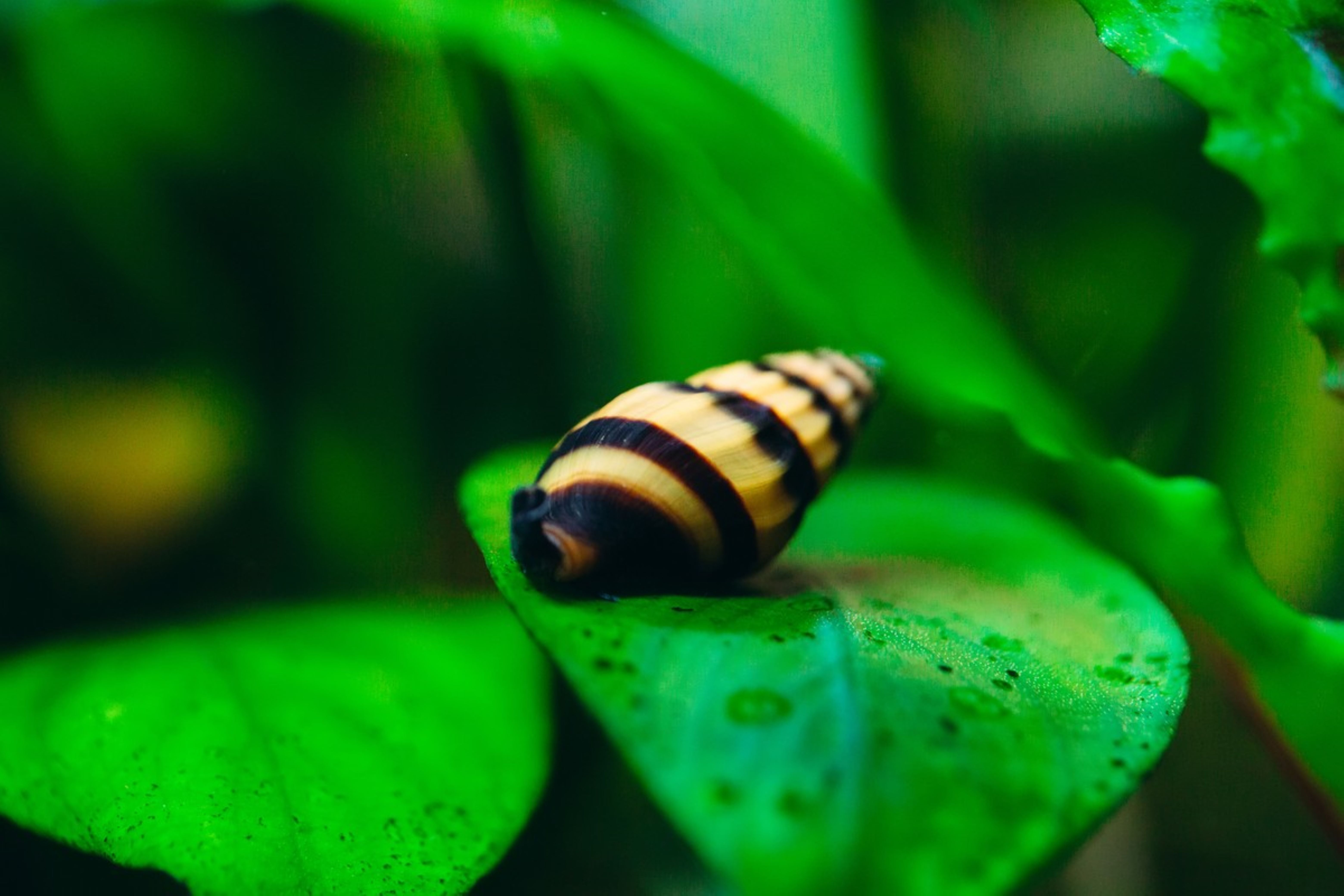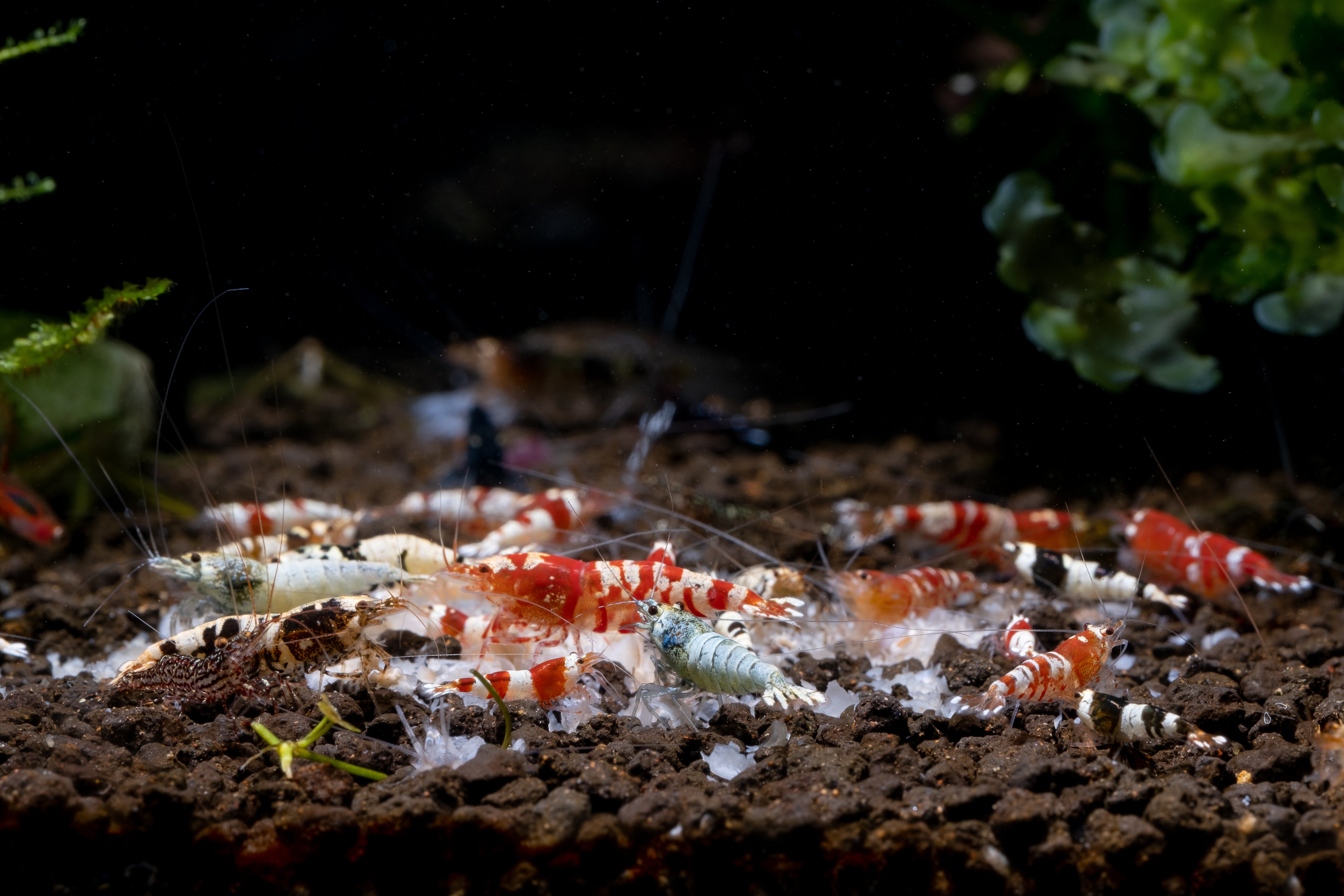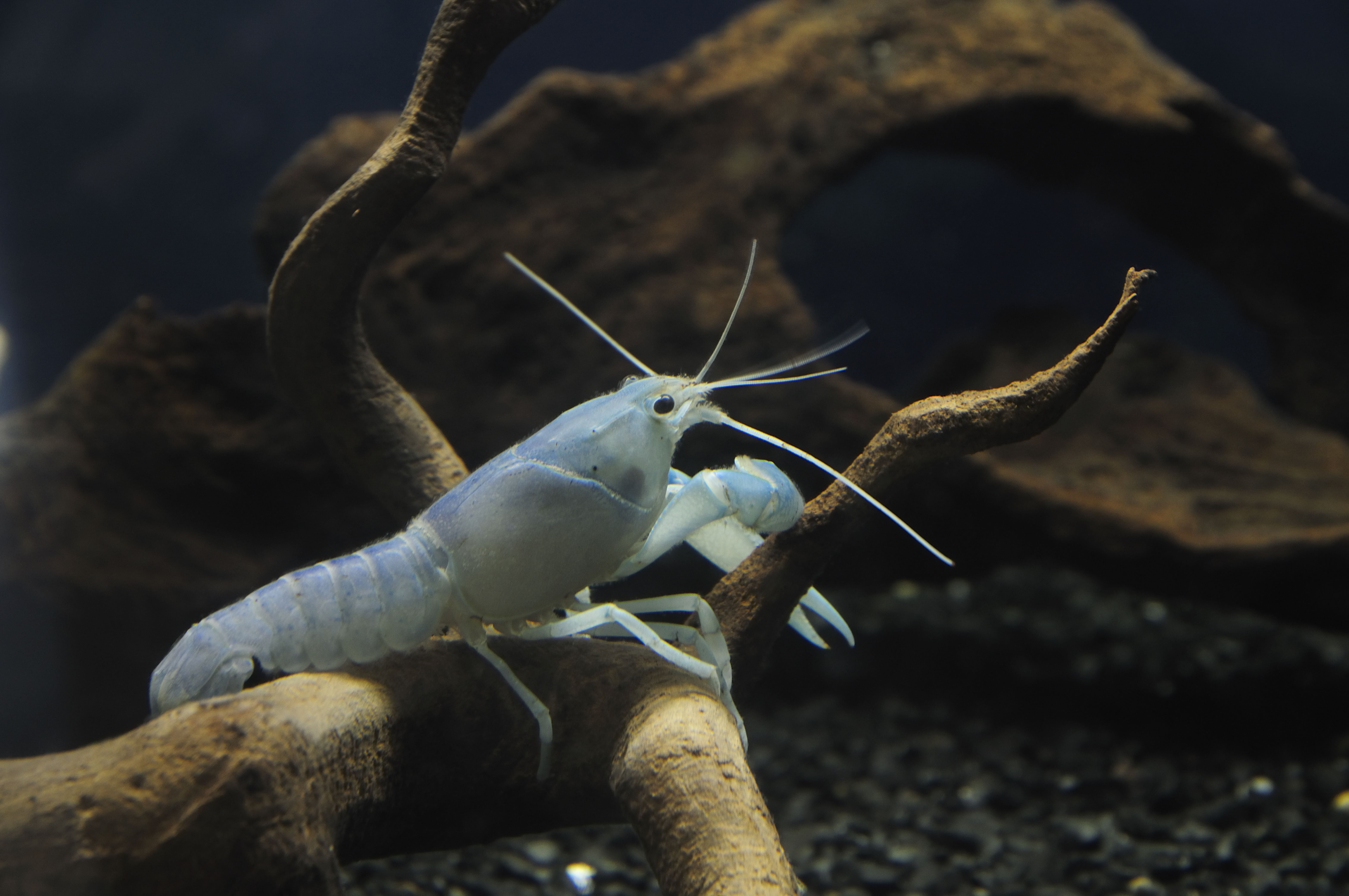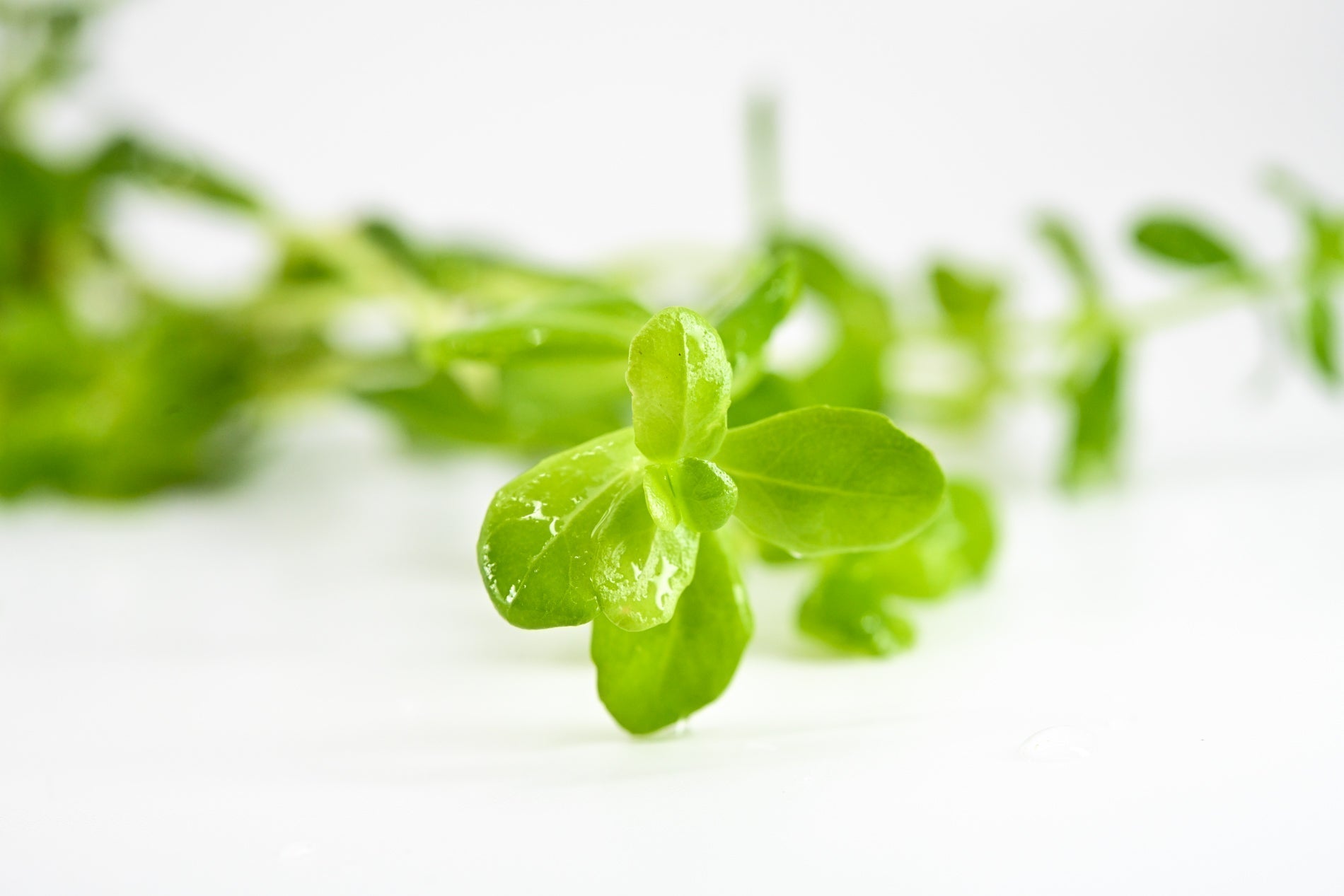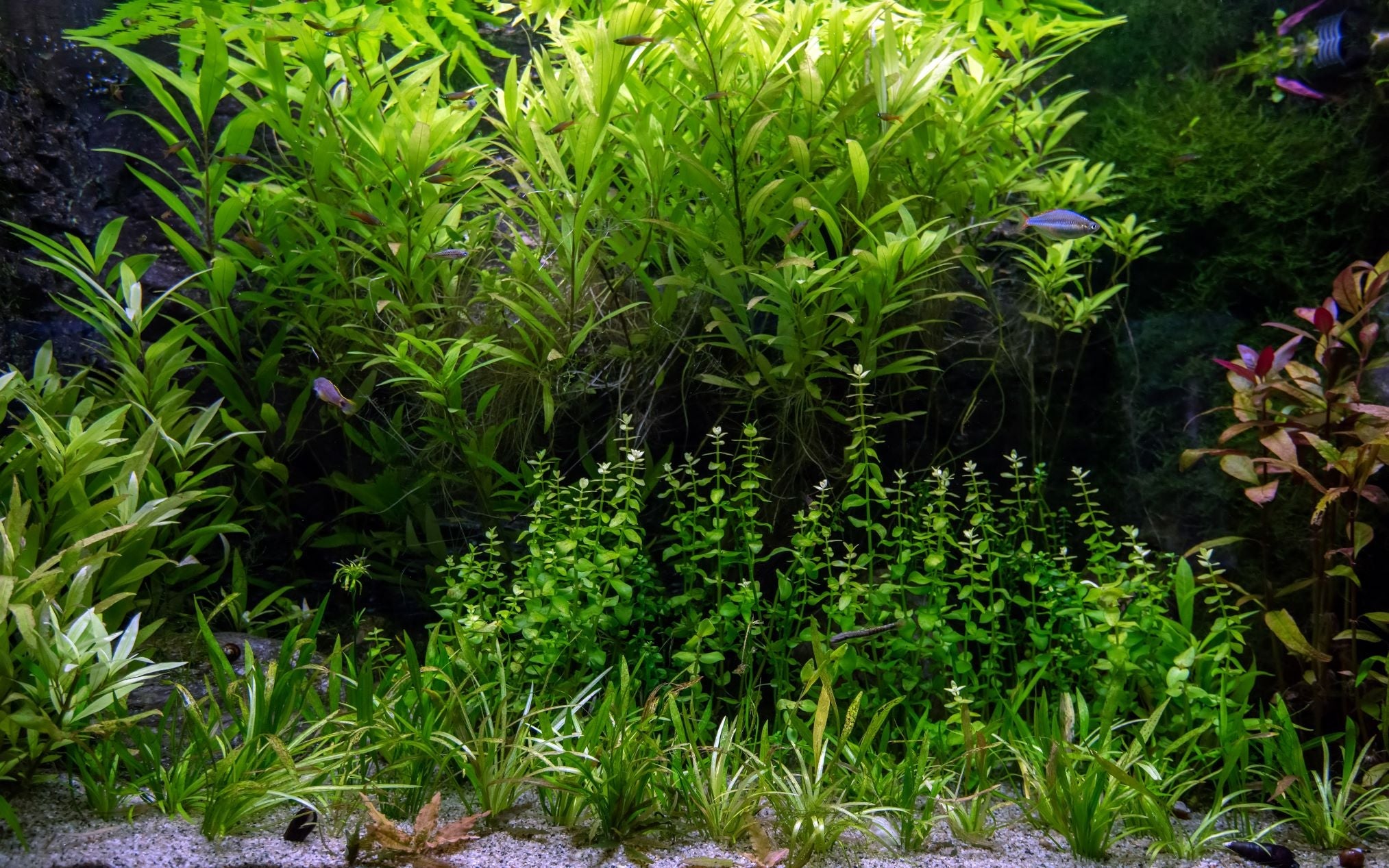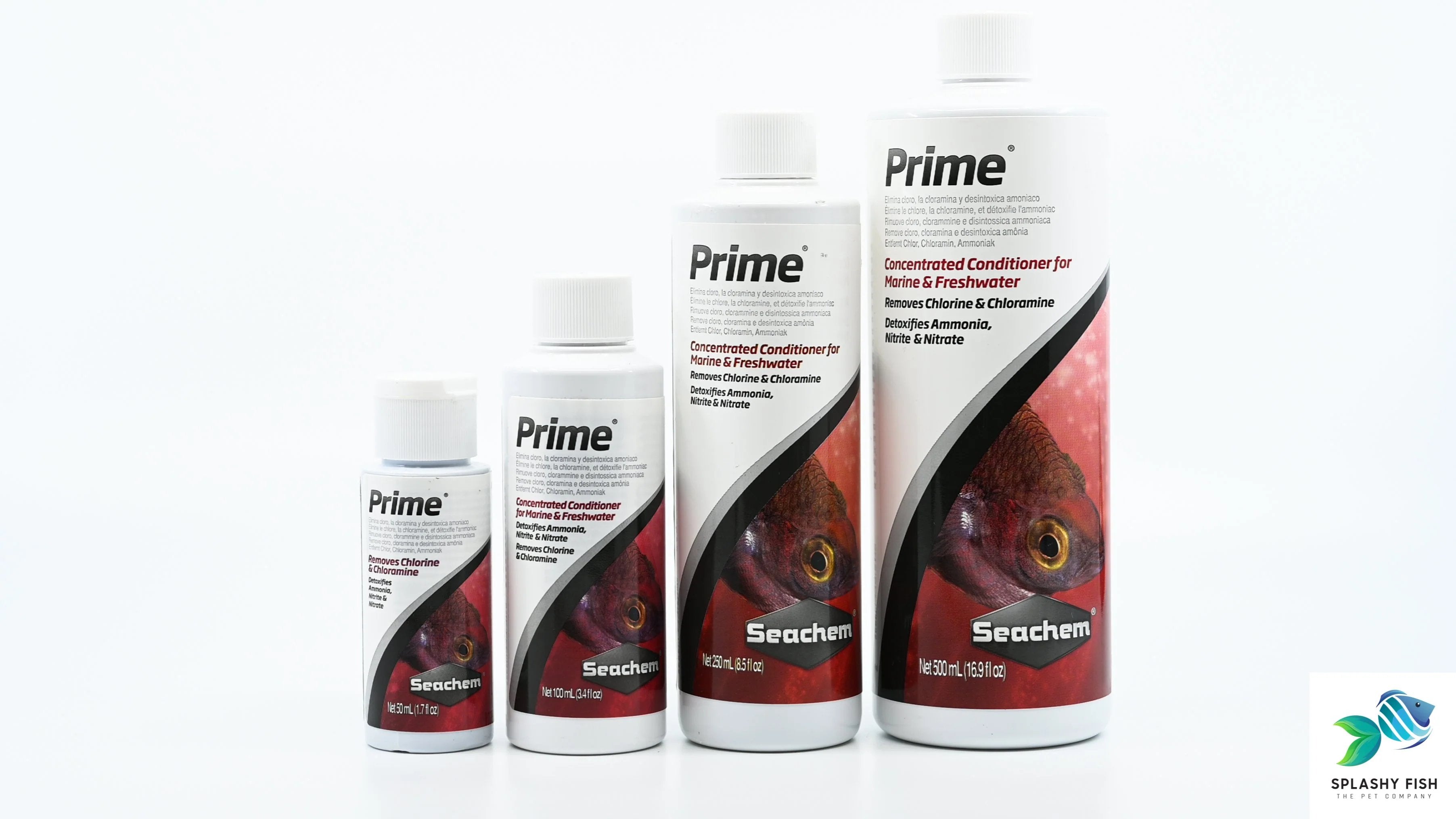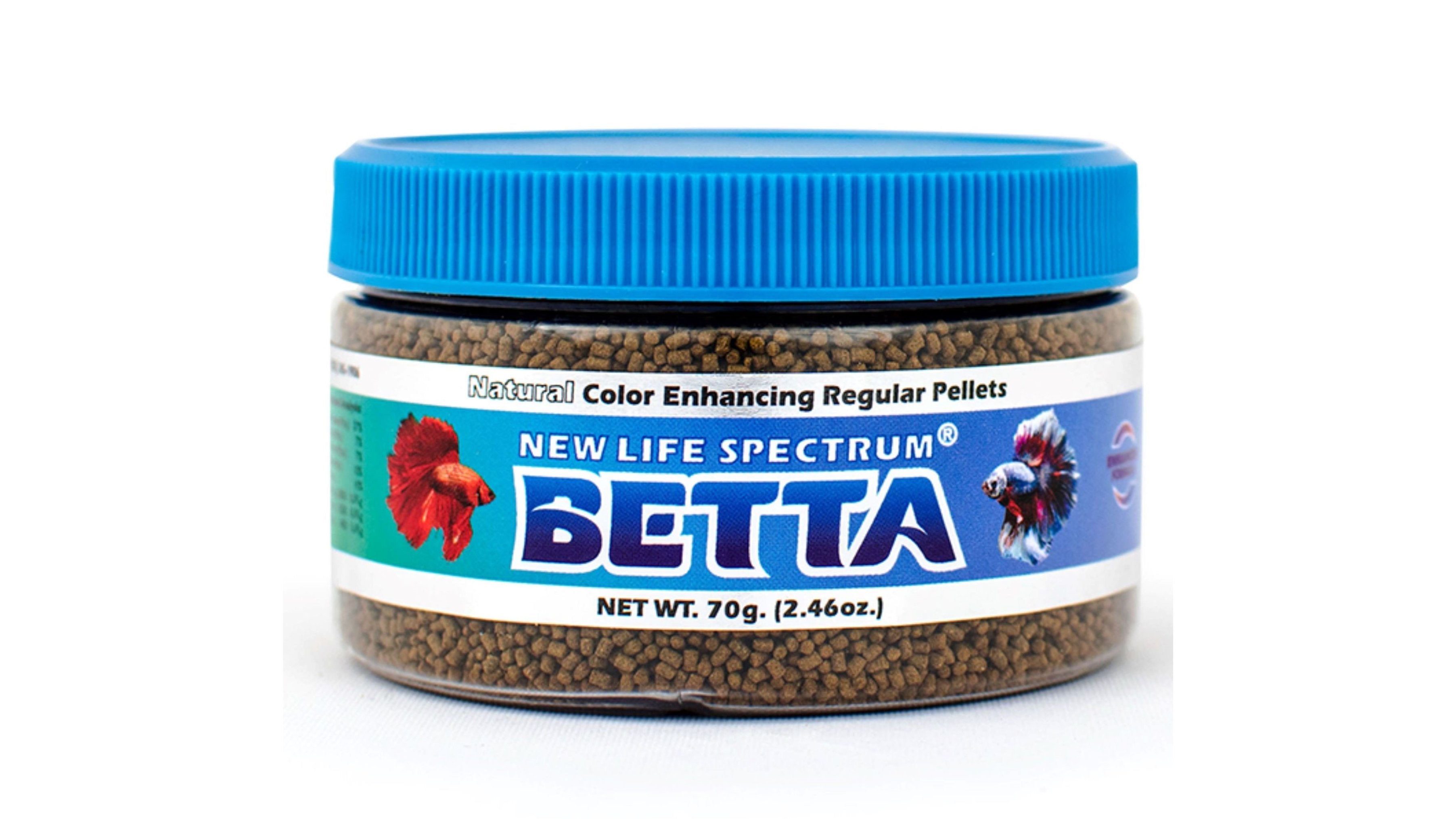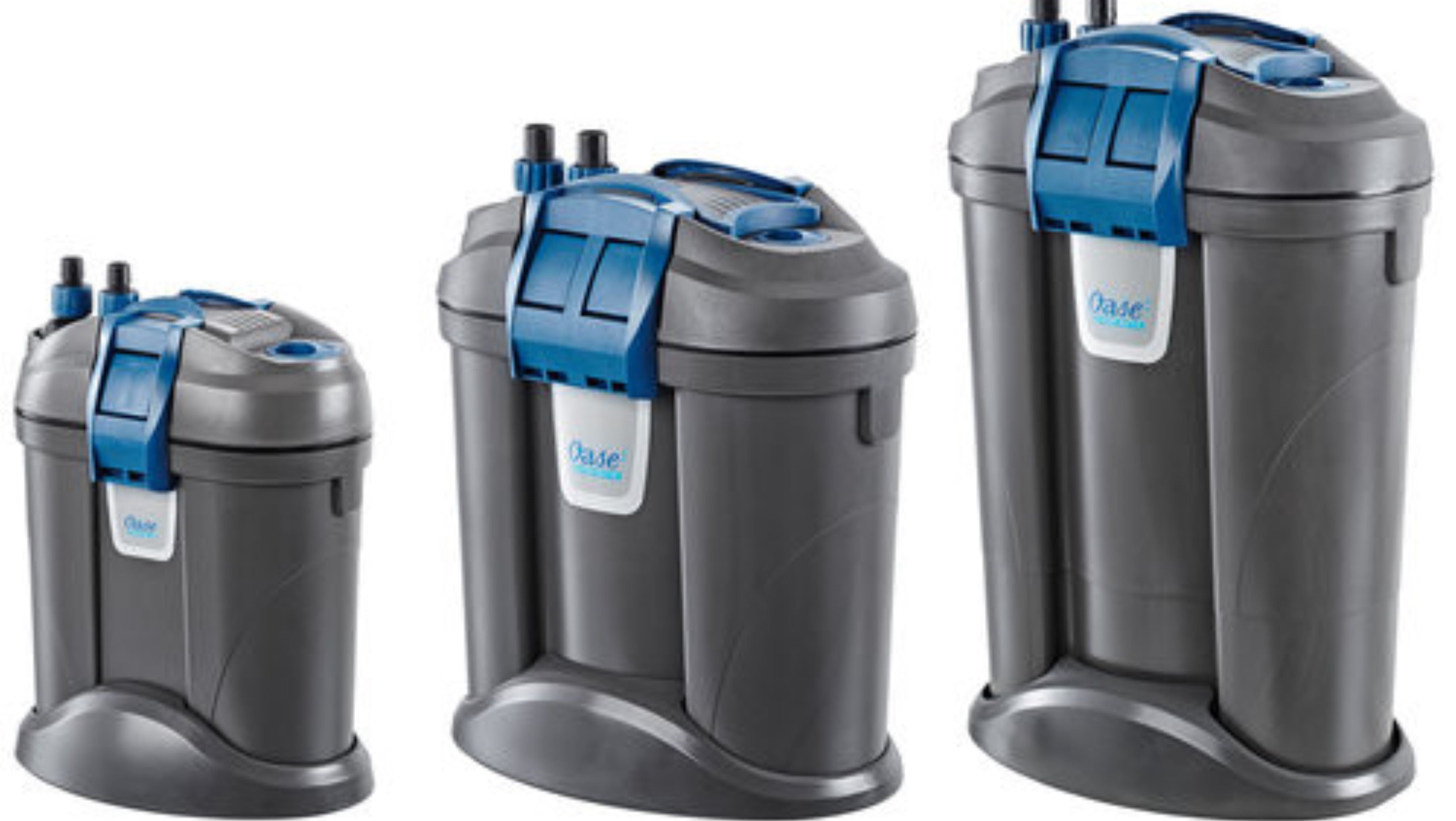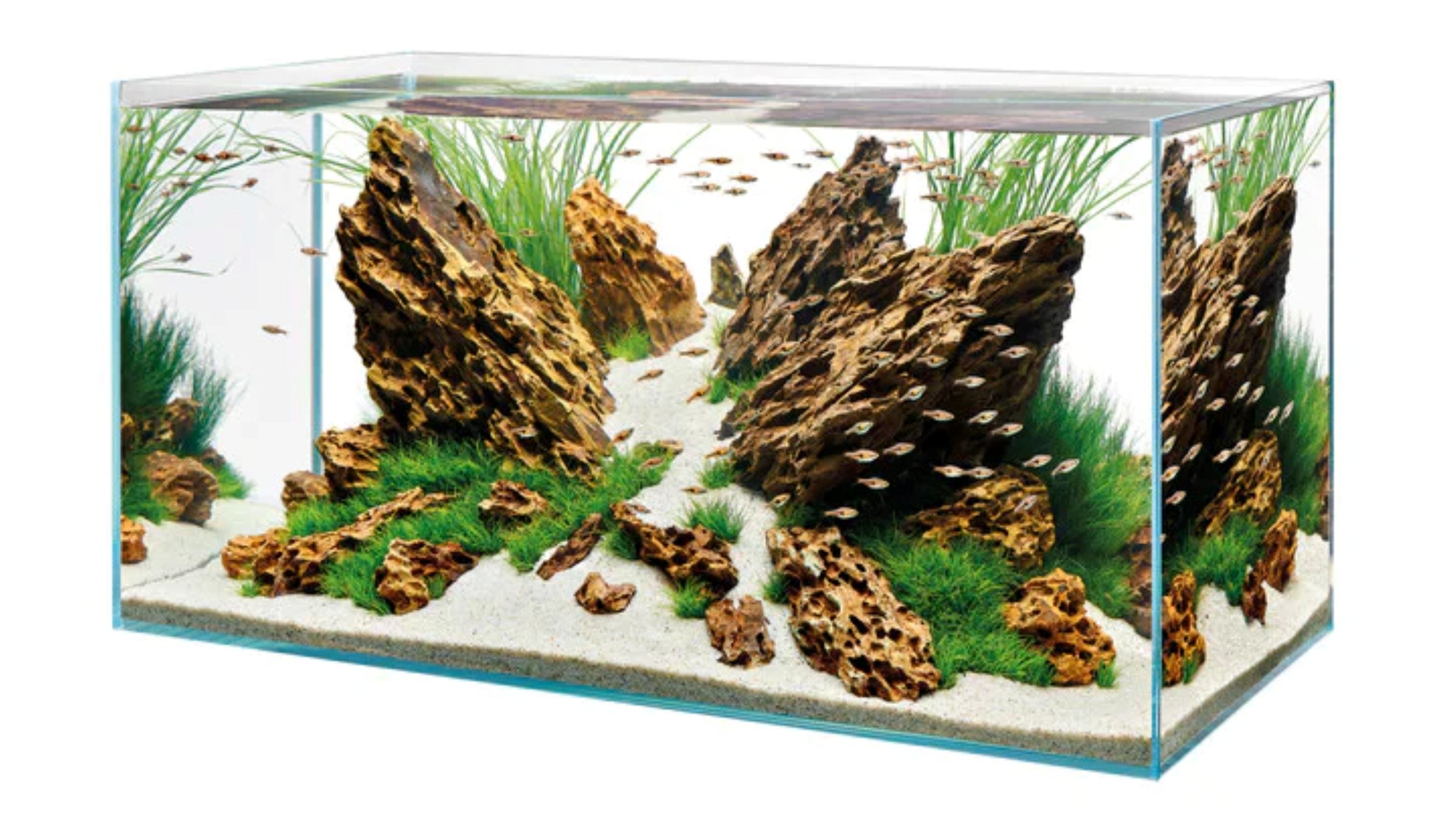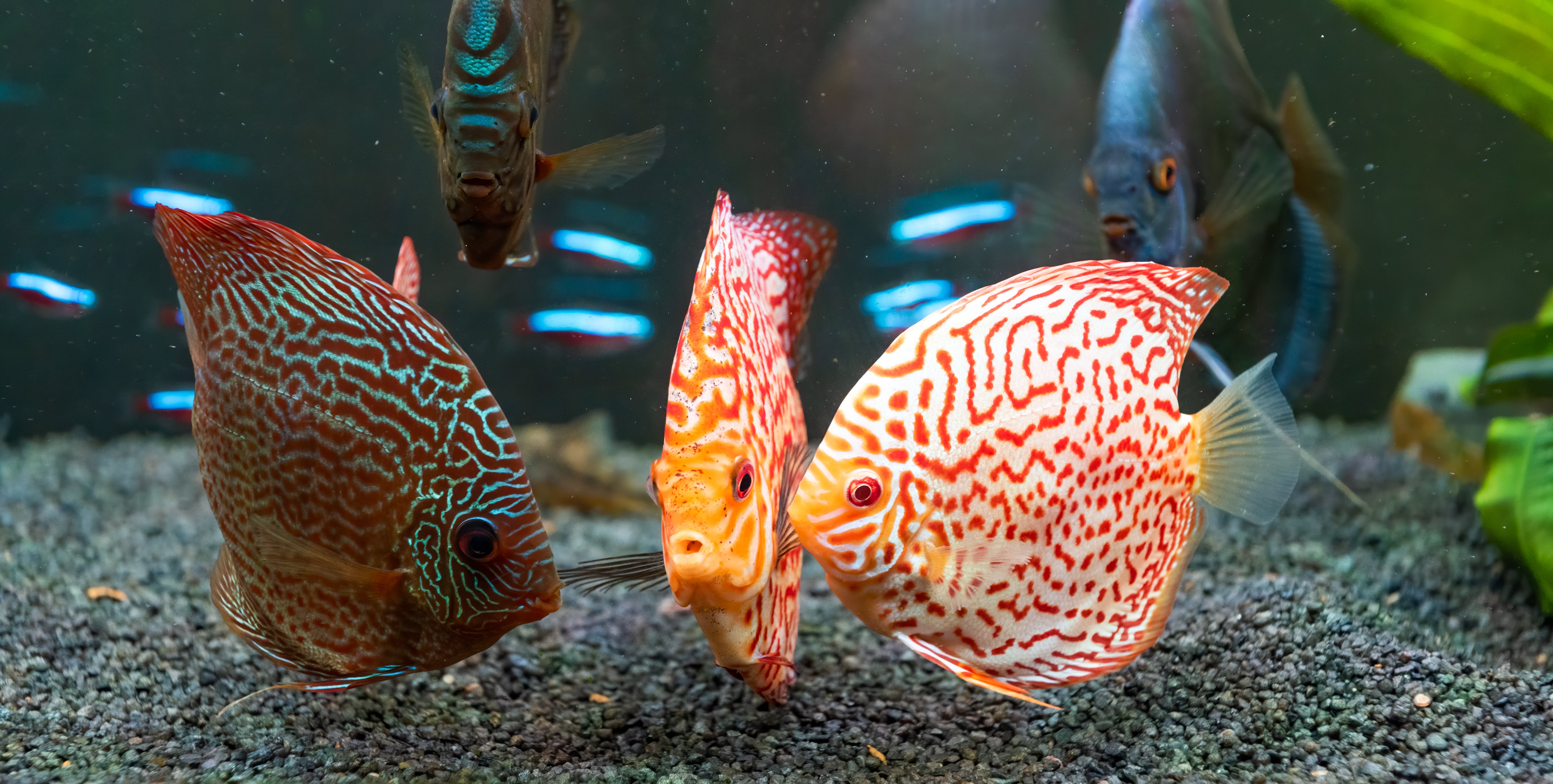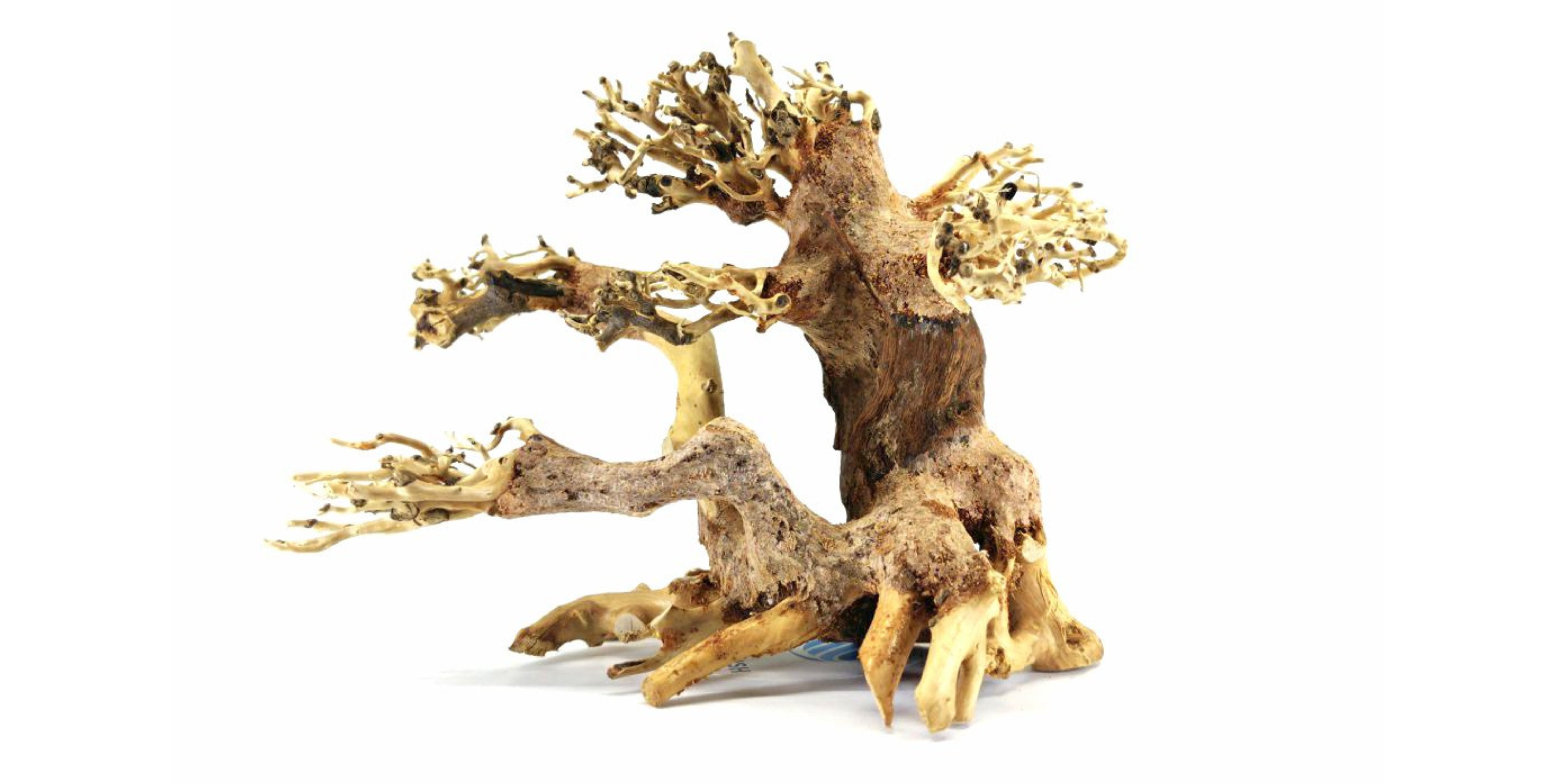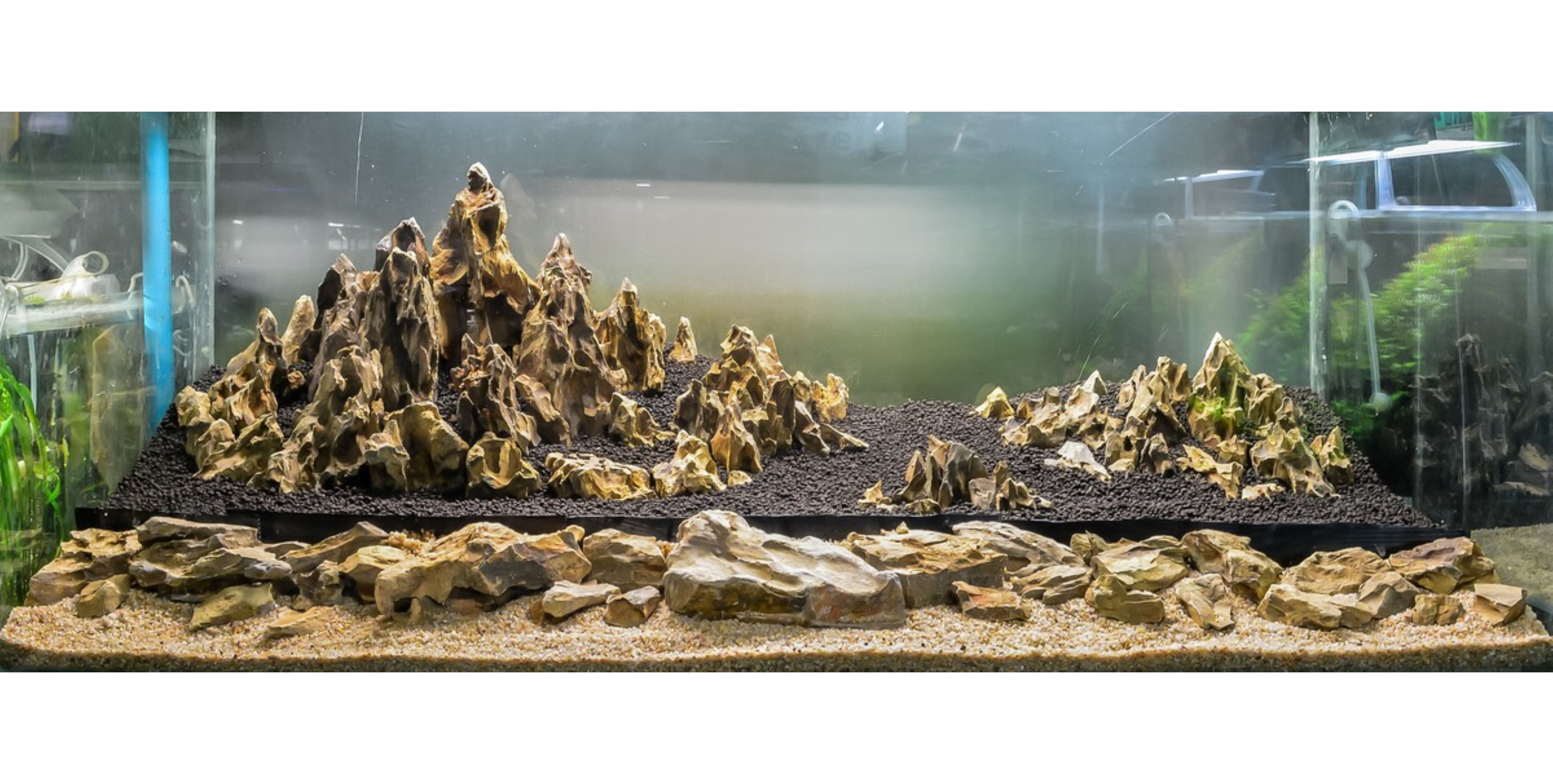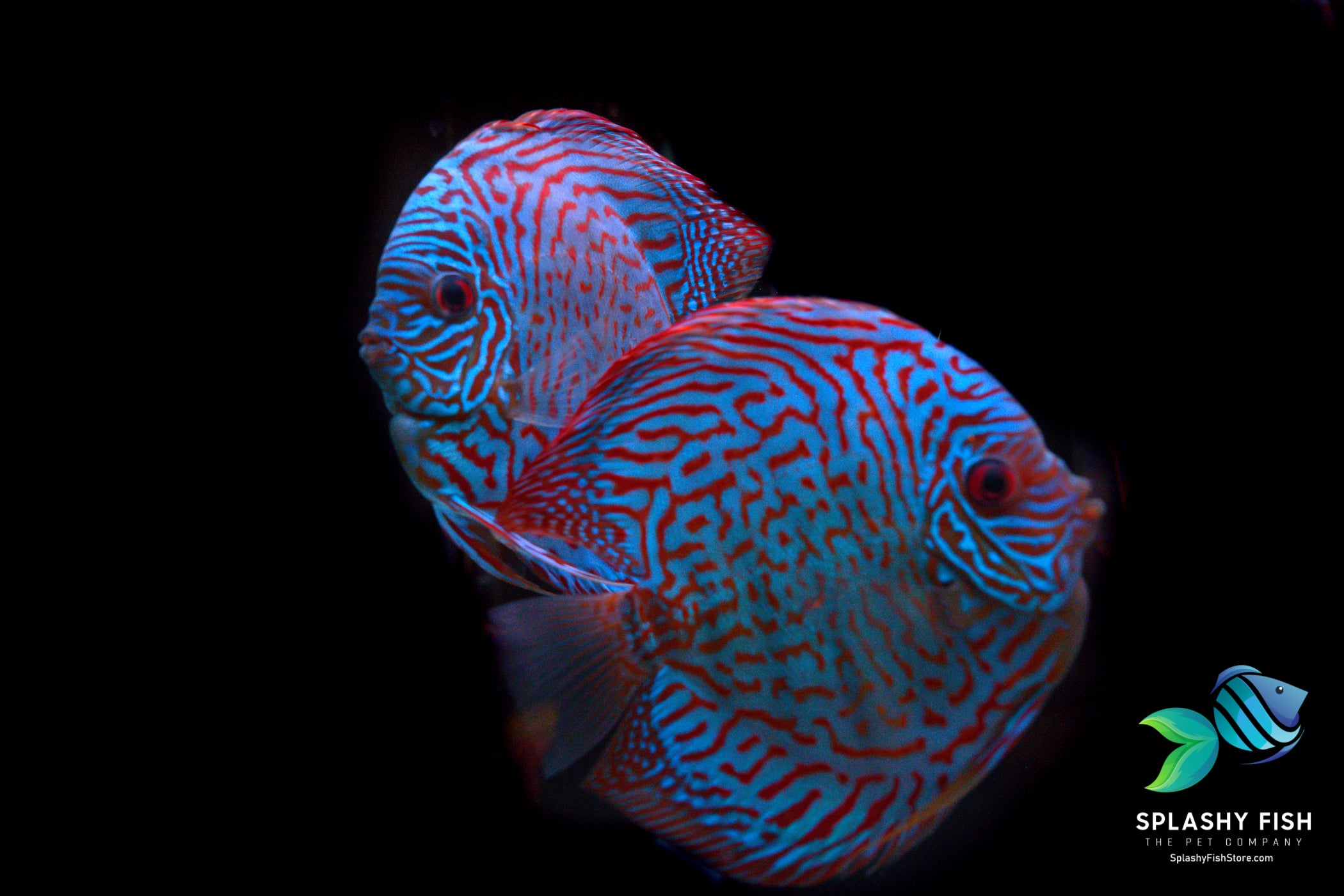Table of Contents
King of the aquarium, treasured for the distinctive disc-shaped appearance, known as one of the most colorful species with many variations in markings and patterns, those hints at Discus Fish.

(Image of Premium Quality Discus Fish )
Discus fish are the members of family Cichlidae, precious gems of community aquariums, relatively difficult to care for yet once successfully, become the pride and joy of those aquarists keeping them.
Origin
Discus originates from floodplain lakes and flooded forests of Amazon River basin. The tropical fish shelter themselves near fallen trees, along the shore where calm water flows. Discus fishes have a mere rounded body which is rarely seen in other kinds of fish. The feature makes it special, at the same time requires Discus-keepers to be more cautious than usual when setting up home aquariums.
Tank Set-up
Cichlids in general are relatively large in terms of size, so are the Discus fish. When well cared for, Discus could reach five to seven inches in diameter. Considering the body shape, big tanks with the appropriate height should be the ones taken into account.
With Discus, most serious hobbyists follow the rule: the bigger the tank, the better the fish feel. But how to measure a discus fish tank size is big, it depends upon two main following factors: the number of Discus you intend to keep and the frequency of water change you are willing to perform. These are very important to determine the survival of Discus fish that are kept in captivity. Given the large size, Discus will naturally consume a large amount of fish food then dispose of comparative waste. To get rid of the waste, performing water change is unavoidable. If your schedule allows the task to be done frequently, you could keep a medium-sized group of Discus in a relatively medium-sized aquarium. However, if you are unable to follow the recommendation, you have no choice but a big discus fish tank.
Based on our experience, a 75-gallon tank does well for a group of six to seven Discus fish, provided water change performed weekly. This allows the water parameters to be well-monitored and stable given the amount of Discus’s waste. Another well-known ratio that is also highly recommended is one Discus fish per 10-gallon. It is easier for those having a great passion for Discus to estimate the maximum number of the fish they could add to their tank.
Note: Discus fish are shoaling by nature and quite aggressive towards the same-species. This means a pecking order will be established among them. The less Discus you keep, the more intense the pecking order is. This leads to the result that you have to keep removing the most belligerent Discus fish until the group seems to get along well. Therefore, many experienced aquarists often keep a large number of Discus fish at the beginning to avoid from doing so.
Tank Décor
Our suggestion of discus fish tank size has already taken room for décor into consideration. Indeed, freshwater fish will be lively and more active if dwelling in the environment replicating their natural habitat. That is so true to Discus. If you notice, you may find bonsai driftwood is the necessary item that could not be absent from Discus fish tank. It imitates the fallen trees which are home for Discus to shelter in nature. And with some aquatic plants added, the fish will surely be happier than ever. Since Discus-tanks are relatively high in terms of temperature, you should be careful of choosing the appropriate freshwater plants. Anubias, Java fern, Bacopa, Micro swords, and Sword plants are those commonly seen in tanks keeping Discus fish. These aquarium plant species are able to endure high temperatures yet benefit both the fish and water conditions therein. The additions further help break strong water currents, allowing them to be calm and tranquil appropriate to Discus’s disposition and activity.
In home aquariums, Discus fish tend to stay in the mid-levels of water; however, they are sometimes seen dipping to the bottom to forage. Hence, the aquarium soil should be soft and fine (e.g., sand, fine to medium grade, smooth-surfaced gravel) in order not to injure the fish.
We also recommend adding air stones, especially during summer period, since air stones could increase the oxygen levels in water which may be lowered by higher water temperature.

(Image of a well-decorated tank with groups of Discus fish swimming around)
Water Parameters
Speaking of water temperature, it is the crucial key to the vigor of Discus. These are tropical fish environments where hot climate is dominant, and their genetics are encoded to thrive in the similarity. Therefore, your home aquarium has to be kept warm. The ideal and most appropriate temperature range for most Discus is 85° to 86°F (29° to 30°C ). Failure to do so, the fish may easily get sick and die eventually.
Besides, water parameters should be well-monitored to allow them to thrive joyfully. It has been debated for a long time to come to the conclusion of which indicators are best suited for Discus. Most agreed the freshwater fish like to be dwelled in soft and slightly acidic (6.8 and 7.6) water with the soft to medium hardness. Nitrate levels must be well-kept below 40 ppm for planted aquarium and lower than 20 ppm for non-planted tanks.
- Ammonia and Nitrite: 0 ppm
- Nitrate: below 20 ppm
- KH: 1-4
- GH: Soft to medium
- pH: 6.8 - 7.6
- Water change: Frequently
Tips: To allow Discus fish to get accustomed to your aquarium tank soon, ask the fish store where you buy Discus for more information on their origin. This is the tip that is mostly used by many experienced aquarists. Discus are very sensitive to drastic changes in living conditions. Thus, knowing the information helps you save time in finding the requirements of the fish and tank setup. In addition, it allows you to be well-prepared in advance as wild-caught Discus are always more challenging to keep rather than the captive-bred, due to different living environments.
We’ve mentioned frequent water changes for Discus tank because the task decides the survival of your beloved Discus fish. Water change lessens the amount of waste in fish tanks which may be regarded huge when keeping Discus. How frequent it is required depends on the number of fish and the size of tank, how strong your aquarium filter is, the amount of food you feed Discus. We recommend 30% per every week. Yet, the specific water amount to be cycled should be considered based on the above criteria. Another calculation is subject to the nitrate levels. After performing water change, testing the tank water and if the nitrate level is lower than 40 ppm for planted aquarium and 20 ppm for non-planted tanks, your water change works.
Behavior and Temperament
Discus, though difficult to keep, are the favorite and dream of all aquarists. The reason lies in the brilliant appearance the fish possess.

(Image of Red Marlboro Discus)
Discus fish species are the most colorful one with many variations in markings and patterns. They are also one of many live fish chosen for selective breeding (the captive-bred is also the dominant in the aquarium market). Thanks to the process, Discus’s world is so diversified that one could encounter many variations from mere triangular to round, yet thin and flat-looking. Markings and patterns are the highlight of the fish. Horizontal stripes or vertical lines, black spots or brighter dots, solid color or mixed hues, you could find all the features in different types of Discus fish. Provided with sufficient diet and well-maintained living conditions, their coloration will display to optimal tones.

Note: Sometimes, Discus flare when they feel threatened. Despite the beauty, you should be careful of this time as they are sensitive and prone to illness.
Like all Cichlids, Discus tend to show aggression towards each other, though they are quite peaceful to the tank community. It is fun to know that this kind of fish will avoid any conflict through escape and intimidation.
Discus fish will establish a pecking order in their group and the weaker may suffer from certain disadvantages. Of all, diet time is the period to see it clearly.
Diet
This means smaller fish will need to be monitored to make sure they could take their meals. While feeding them, you should observe the Discus to ensure all of them are well-fed. If not, try to provide food at either side of the tank so they can have the equal chance to reach their nutrition.
Discus are omnivores and prefer both plant matters and live food. Their favorite is bloodworms, though in the wild, they primarily eat green plant matter such as algae or fallen food. However, make sure to feed them a wide variety of fish foods to cover all the nutrients they need and for their best coloration. Other food sources are also acceptable to them such as tropical fish flakes, mosquito larvae, brine shrimp, and shrimp pellets.
On a further note, Discus fish possess a large body yet a pretty small mouth. Hence, don’t feed them big pieces of food. If you see them eating, spitting it out, and then approaching the food again, they may have a problem with the size of the food. Instead, break their meal into small pieces, feed only what they can consume in 2 to 3 minutes, and once or twice a day is the most effective way that is widely applied by many Discus-keepers.
Discus Fish Tank Mates
Although Discus could live in a community tank, most serious hobbyists don’t prefer so. This is mainly because other fishes will be easily outcompeted in terms of food. Besides, finding the species which could tolerate the living conditions set for Discus is another issue. If you really wish to diversify your tank with different kinds of fish, you could start with a discus-only tank first. Once you get them settled, you then consider adding other fish.
Some of types of tetras such as Neon tetras, rummy-nose tetras, and ember tetras are the first come in the recommended list as they are beautiful yet pretty easy to care for. Other considerations could include
- Gouramis Fish
- Rams Fish
- Pencil fish,
- Corydoras Catfish
We are happy to find you staying with us till the end of the article. We hope it could be useful to you and gain you a successful, enjoyable discus tank. If you are looking for Discus fish, visit our webpage.
At Splashy Fish Store, we supply a wide range of Discus fish for sale which come from reliable sources. We further guarantee that all of our Discus fish will go through the quarantine process for a period of 14-day before sale. We care about the quality and strive to provide you the best we can. Visit our fish store online or our aquarium in washington dc area to find what surprise is waiting for you.


